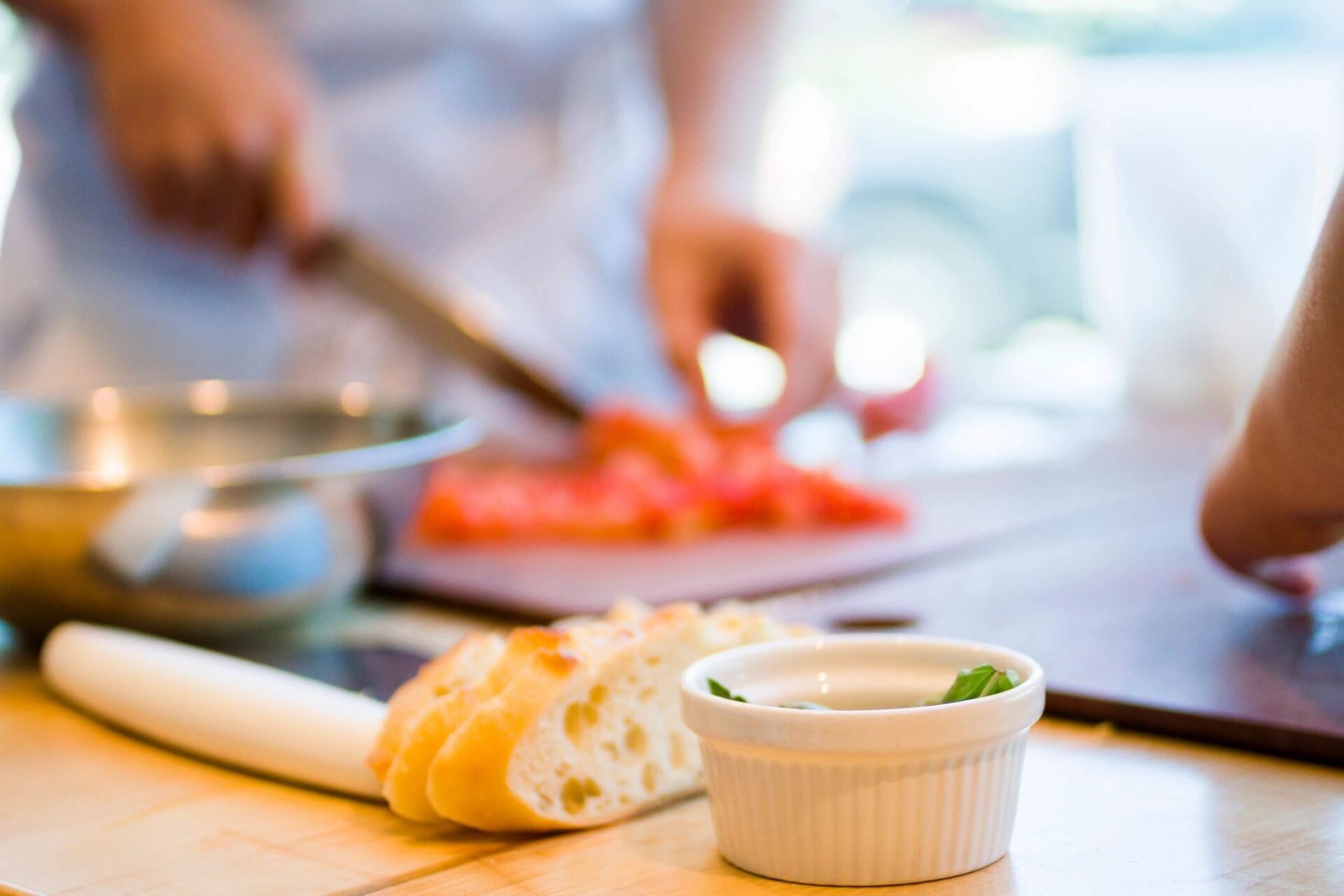The world of cutting boards is vast, with options varying in size, function, and materials. Many home cooks shy away from wooden boards, fearing they might harbor bacteria in their grooves, but recent research suggests that opting for plastic might actually introduce other health risks. Studies now indicate that plastic cutting boards release microplastics into food, potentially causing contamination that even washing can’t fully eliminate. For instance, a study in the International Journal of Environmental Research and Public Health found that chicken and fish purchased in supermarkets in the Middle East were laced with microplastics from processing facility cutting boards, and washing these foods didn’t remove the contaminants.
Further findings in 2023, published in Environmental Science & Technology, dug into how different food prep methods and materials contribute to microplastic contamination. Researchers discovered that polypropylene, a common plastic, could release up to 10 percent more microplastics during use, especially when chopping vegetables. Their estimates suggested that a person might ingest between 14.5 and 71.9 million polyethylene microplastics annually, and as many as 79.4 million from polypropylene cutting boards alone. These results are prompting a reconsideration of the trusty plastic board as more cooks learn about these risks.
As this awareness grows, some social media influencers are encouraging a return to wood, despite earlier fears that wood boards might become bacterial breeding grounds. Influencers have posted about the benefits of wooden boards. They claim that switching to wood could help reduce the amount of microplastic in our diets, which some studies equate to ingesting roughly 10 credit cards’ worth each year. A simple cleaning routine involves rinsing wooden boards with soap and warm water and drying them immediately. Additionally, once a week, they recommend a “spa treatment” for the board: sprinkle it with baking soda, scrub with a salt-coated lemon, rinse with white vinegar, and leave it to dry.
But there’s more to wood than just health benefits; they can also make life easier for home cooks. According to Southern Living, wooden boards are gentler on knives, helping them stay sharp longer than with plastic. Wooden boards might have a higher upfront cost, but they tend to outlast plastic ones in terms of durability, making them a potentially better long-term investment.
For those dedicated to food safety, the USDA recommends using separate cutting boards for different types of foods to avoid cross-contamination. One board should be designated for raw produce, and another reserved solely for raw meat, poultry, and seafood. And regardless of material, any cutting board with deep grooves or signs of wear should be replaced to ensure cleanliness and safety. So while it might take a little extra care, wood might just edge out plastic as the healthier, more sustainable choice for the savvy home chef.


